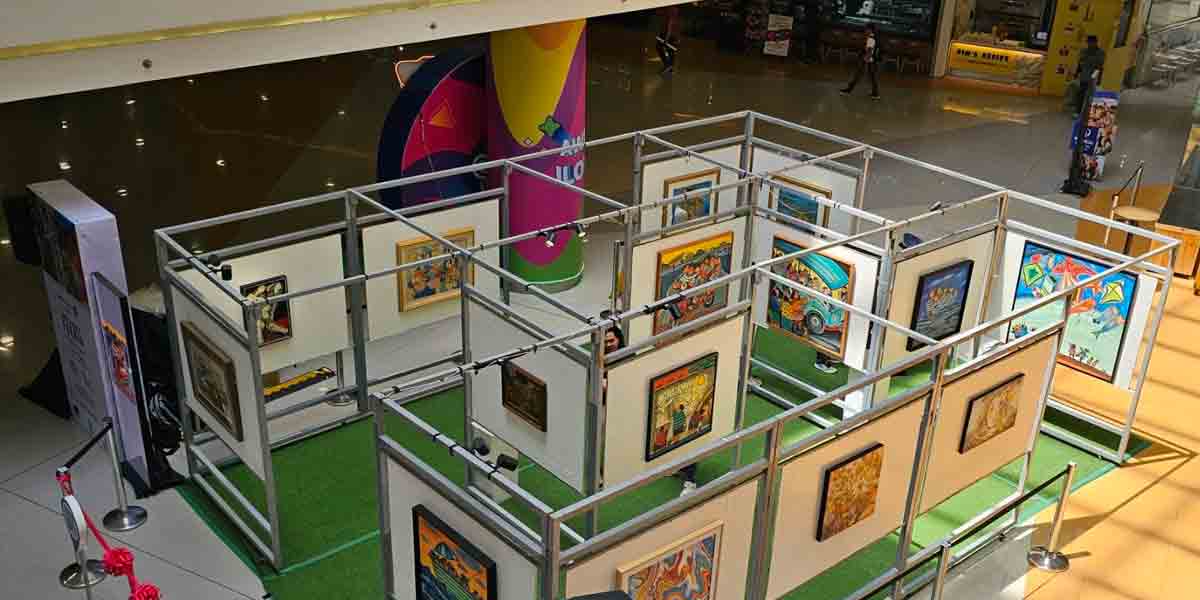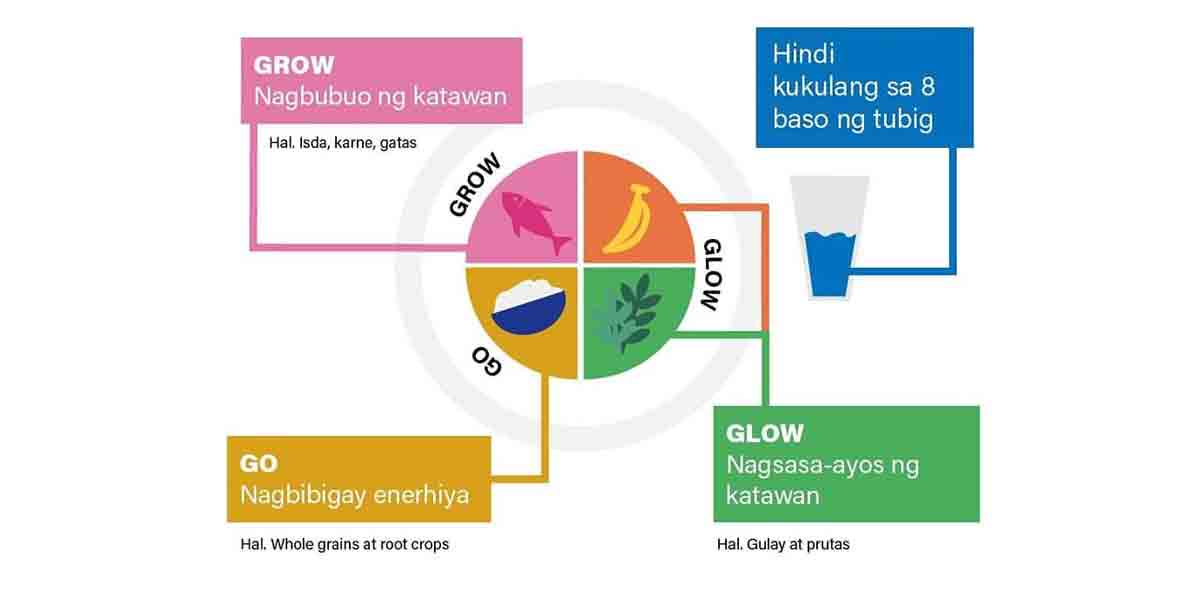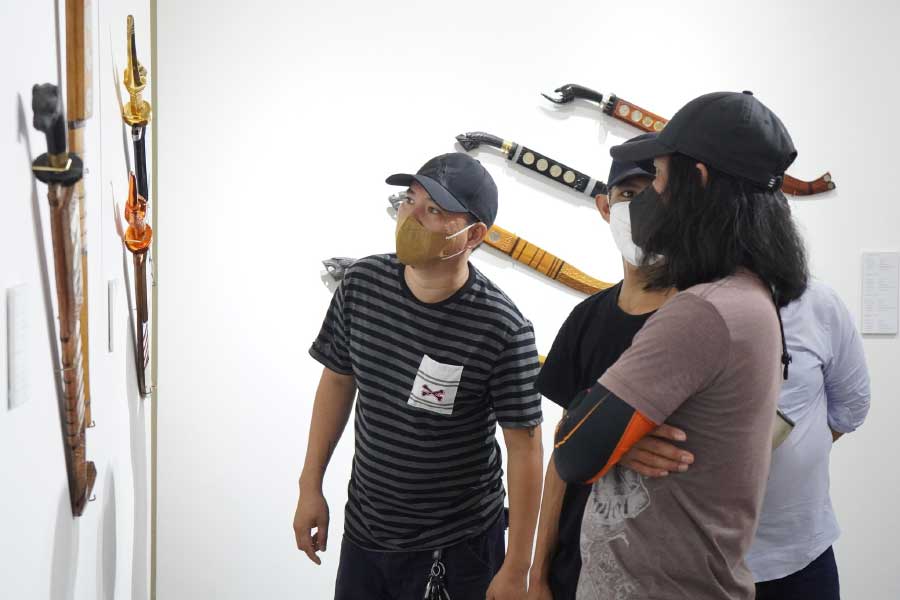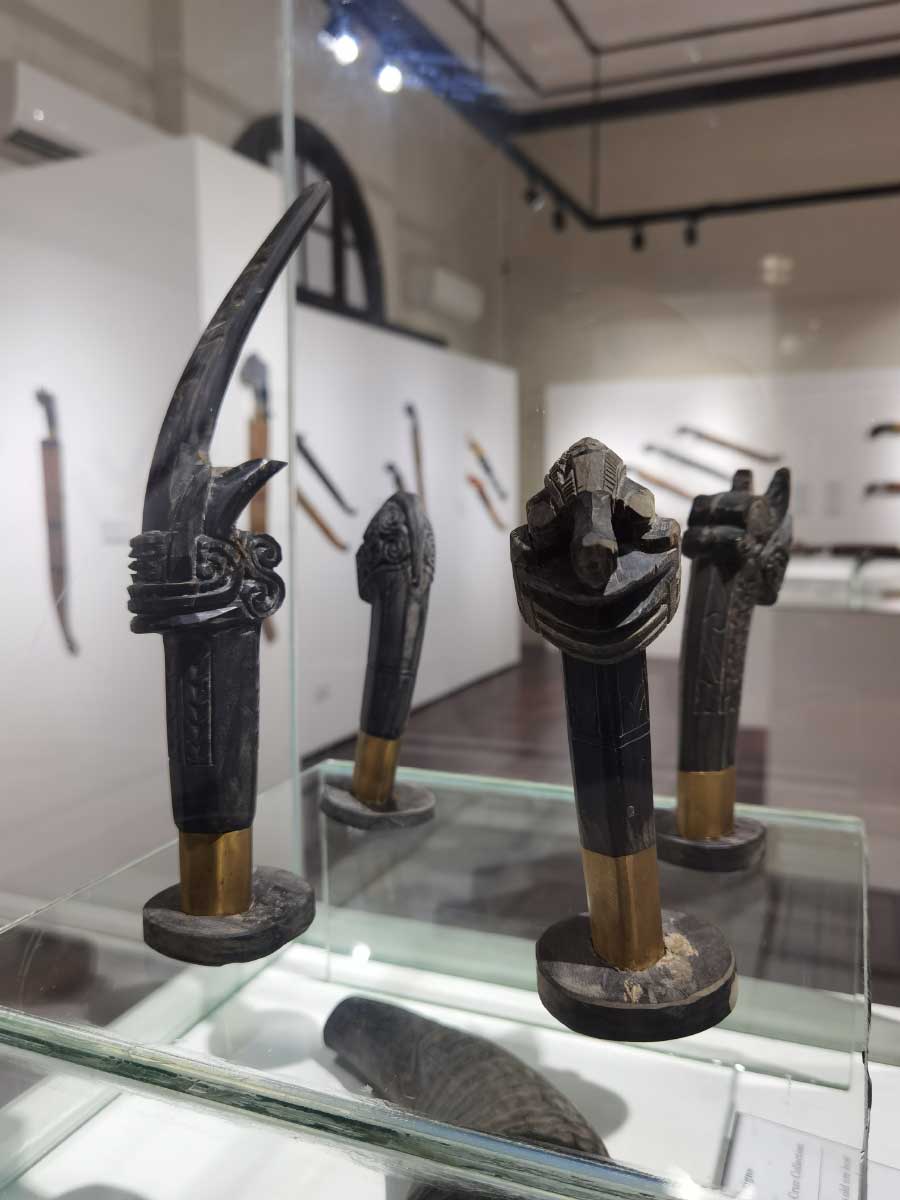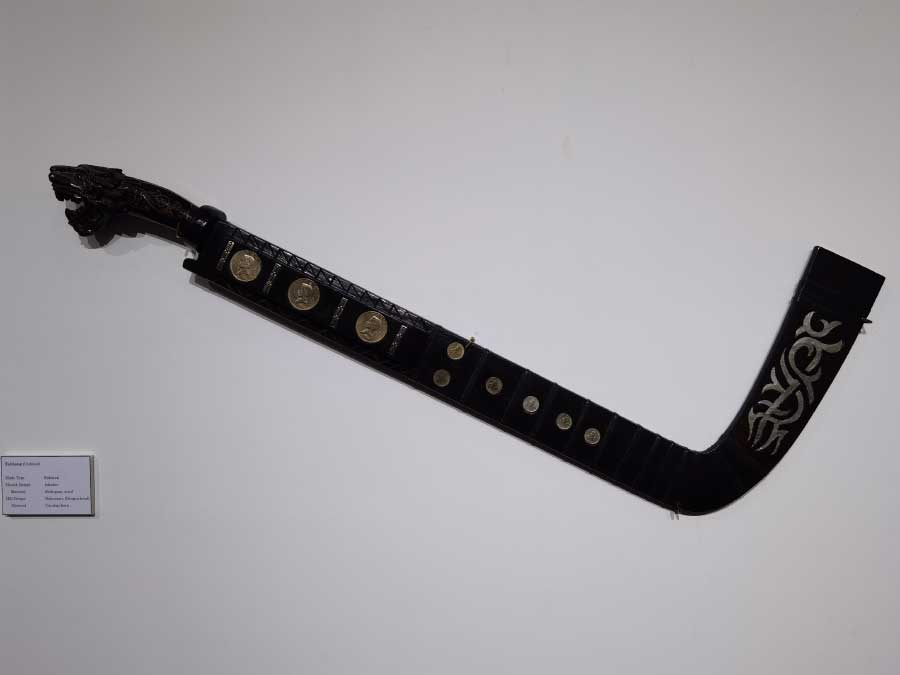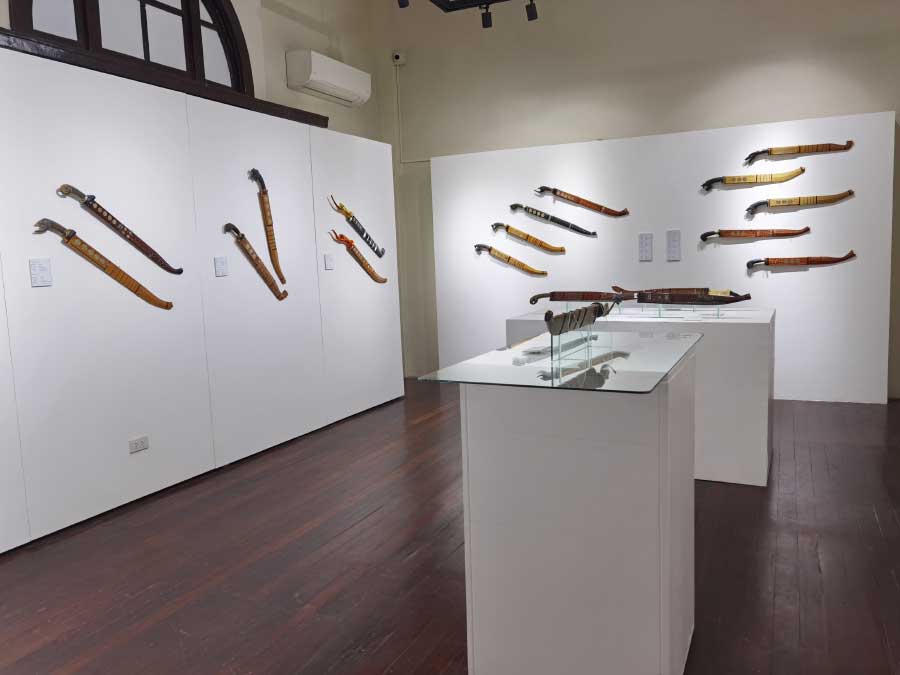By Martin Genodepa
Among the places in Panay known for crafting blades for different purposes are the towns of Sibalom and Culasi in Antique; Badiangan and Cabatuan in Iloilo; Jamindan and Tapaz in Capiz; and Madalag and Malinao in Aklan. The most lucrative product of the smithies in these places is popularly known as the binangon.
Binangon appears to be a generic term for the blades produced in Panay. Due to the intermingling of local co-cultures, the term binangon has evolved variants. These variants are basically determined by their utility or function, which also dictates the shape of the blade. Siantong, sanduko, ginunting, kalis, binakokó, sundang, utak, and talibóng are terms for these variants and are generally interchangeable.
There is no agreement among the people of Panay on the terms to use for a variant. The binangon, which is a blade chiefly used for domestic chores and agriculture, is called sanduko in Capiz and Aklan. In parts of Iloilo, particularly in the town of Leon (and also in Antique), however, sanduko is a broad term that refers to a special kind of blade used as a personal weapon and carried by the owner for protection as well as a status symbol. In the mountain areas that connect the four provinces of Panay, this blade is widely known as the talibóng.
The talibóng is the result of marriage between art and craft. It is beauty (tahúm) and sharpness (talúm) combined.
What makes the talibóng special is the artistry that goes into the crafting of its various shape or form.
The blade of the talibóng from Aklan has four traditional shapes – bakutan, kinampit, ginunting, sinuwak and linamay.
Its sheath or scabbard can be pointed, rounded, or upturned. Primarily the sheath (tagub) can be inisda (resembling the tail of the fish), siniyaw (resembling the typical shape of the knife), or lakadae. The sheath, cut and shaped from a single block of native wood like bangkal or langka, is traditionally not glued but rather held together using nito, nat-nat, or braided abaca fiber. It can be plain or adorned with metal, coins, or decorative carvings.
The hilt or handle is carved from the horn of a carabao. It is patterned after native fauna or inspired by local lore. The traditional designs include binangag (beetle head), tinik-eon (rooster’s belly), musang (wild cat head), and bakunawa (dragon head). A special kind of handle called sinapot or sapot (literally, covered) is basically carved wood, often in binangag design, but with silver gilding or overlay.
The adornment on the hilt and the sheath reveals the power of imagination, as well as the inventiveness of the maker; its sharpness attests to the excellence of homegrown skillfulness and strict adherence to the processes of fine metal crafting.
The talibóng of Aklan is highly regarded as the native equivalent of the sword because of its links to Aklanon history and culture. In the mountain barangays of Aklan, one will find natives – men and women alike – carrying a talibóng when they go out of their homes.
By promoting the dying art of talibóng through the Talibong Festival that has been organized a few years back by the local government, an intangible cultural heritage of Aklan is safeguarded, promoted, enriched, and continued.
Tahum kag Talum: Talibong of Aklan, consisting 30 pieces of talibóng from the collection of Mr. Soviet Russia dela Cruz, is currently on view at Lantip Changing Exhibition Gallery of the UPV Museum of Art and Cultural Heritage (UPV MACH) until 31 January 2023. Museum hours are from Monday through Friday, 8:30AM through 4:30PM.
















